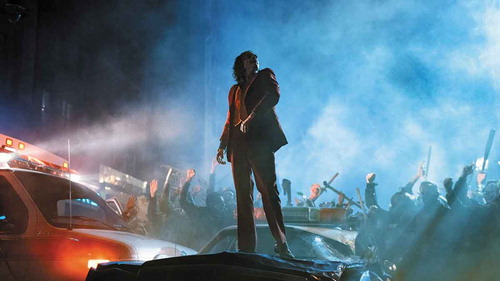
By Jesús Jiménez-Varea, Alberto Hermida, and Víctor Hernández-Santaolalla
Excerpt: “A combination of economic, political, and technological factors at the beginning of the nineteenth century provoked an unprecedented growth of some cities in different parts of the world during the following decades, thus opening the door to the new era of the megalopolis. As the industrial revolution materialized the principles of capitalism, the social hierarchy experienced an accelerated reconfiguration with the ascension of a bourgeois elite that accumulated wealth and power in the city as a result of their mercantile endeavors, gradually displacing aristocracy in some European countries. In contrast, the lower classes, whose numbers continually increased due to the migration from the rural zones to the big cities, found themselves in appalling conditions in terms of housing, nutrition, sanitation, and practically every material aspect of life, while the lack of social belonging among the urban masses only made things even worse.” Read the full article here
